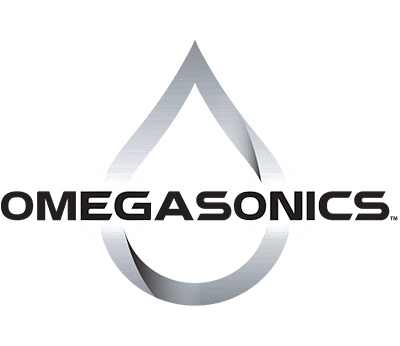The dental office is the place where everyone has to go but few enjoy. It is just the nature of the beast, so to speak. However, if you go regularly, you know these visits are usually quick and painless, contrary to popular belief. One of the reasons this is so is because of the meticulous care these doctors and technicians use to take care of that equipment.
Per the American Dental Association, ultrasonic cleaners are a recommended source of cleaning for dental equipment. The ADA references one of our primary concerns for equipment such as this, in that hand-cleaning is not nearly as effective, as well as leading to possible injury to the individual that is cleaning due to the sharp nature of the tools.
Ultrasonic Cleaning and Dentistry
According to the Centers for Disease Control (CDC), “removal of debris and contamination is achieve either by scrubbing…or by an automated process (e.g., ultrasonic cleaner or washer-disinfector) using chemical agents.”
The Association of Surgical Technologies goes into even more detail regarding cleaning surgical tools, which we would include dental cleaning tools. It states:
- Cleaning instruments and devices not considered safe for handling by healthcare workers
- Pre-rinsing instruments to remove gross contaminants before the ultrasonic cleaning process
- Changing the cleaning solution every 8 hours or when visibly “dirty.”
- Using a low-foaming cleaning solution formula
- Following the operating instructions provided by the ultrasonic cleaner manufacturer
One of the more popular methods of cleaning is to use automated washers. As we have noted many times here, the automated washers do not always get into the intricate, hidden parts of some tools. This is never a problem with ultrasonic cleaners, as the microscopic bubbles created during cavitation reach every surface, crack, and crevice of the items inside the tank.
We always use the word “implosion” when speaking of the cleaning process, which sounds violent, but it is not. We bring this up because of the delicate nature of the cleaning tools. Some of them are very fine, but while our cleaning process sounds violent, it is ideal for these delicate parts.
To ensure the best results when cleaning dental tools, here are a few additional recommendations:
- Rinse the tools immediately after use. We recommend this so no contaminants are “caked” on the devices, making them harder to remove.
- After rinsing, the tools should be immersed in a germicidal presoak before running the cleaning cycle (many dental officers do a “batch” clean at the end of the day or throughout the day, ensuring nothing gets dried up on the tools).
- Always clean tools of like composition with each other to ensure proper settings.
- Lay all dental tools in a single layer. Do NOT stack them on top of each other.
- Disassemble any parts when possible.
- Do NOT clean chromium-plated instruments in an ultrasonic cleaner.
As always, we recommend a consultation with a member of our team before finalizing your purchase to ensure you are getting the best possible tank to suit your needs. You can reach us at 888-989-5560.
